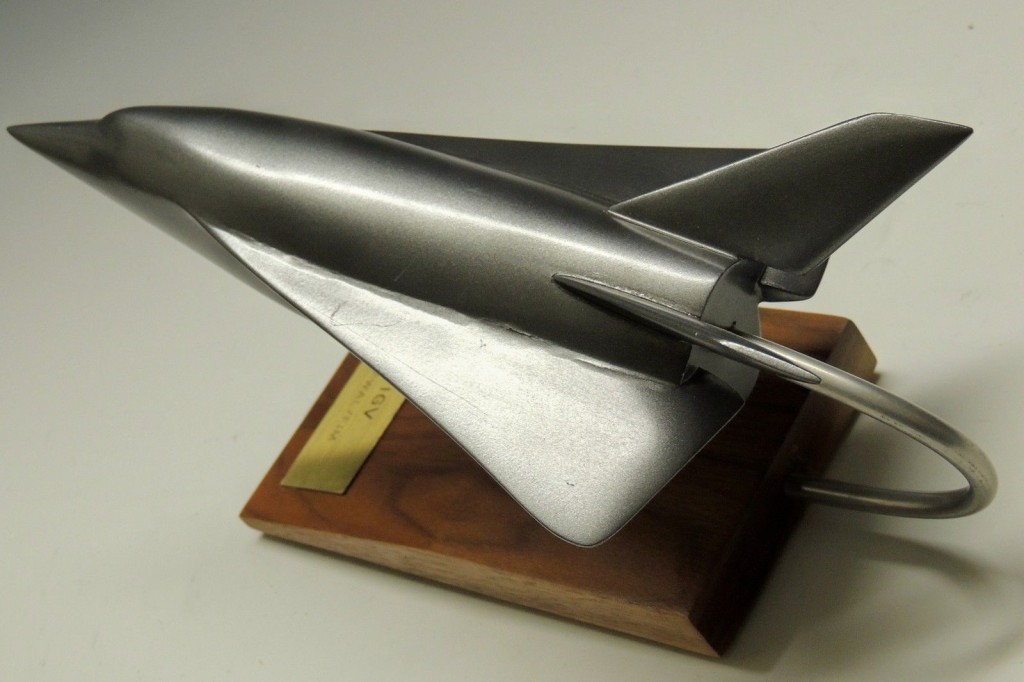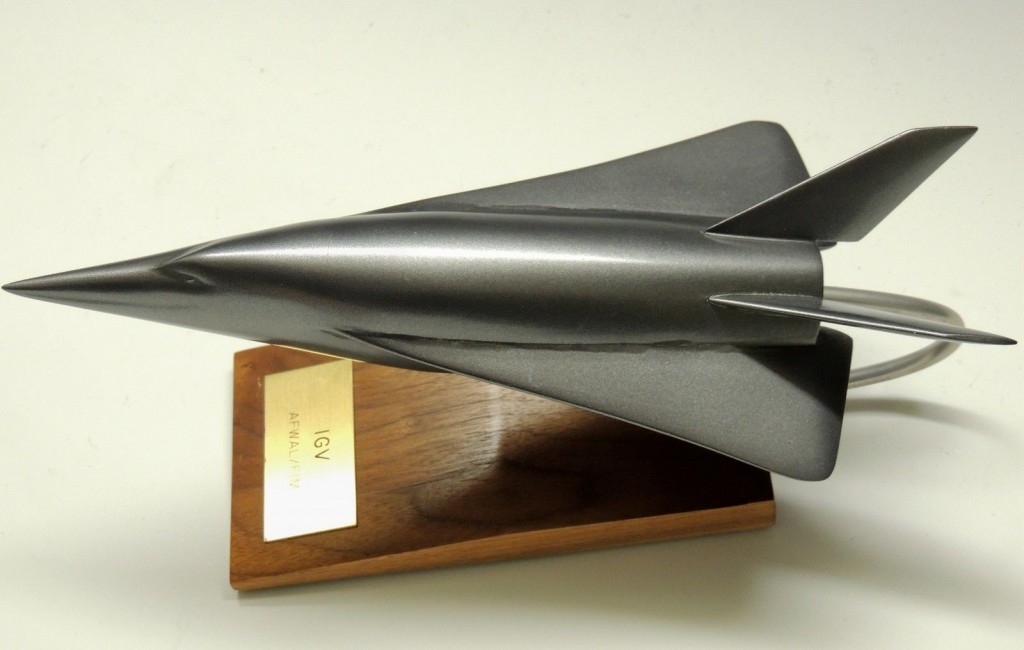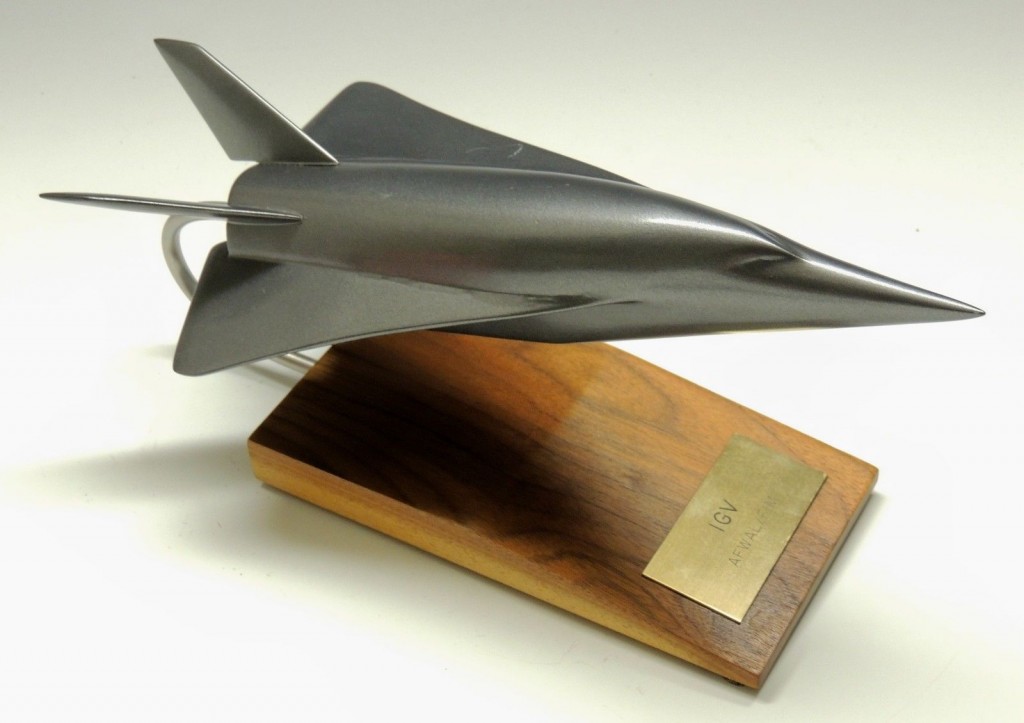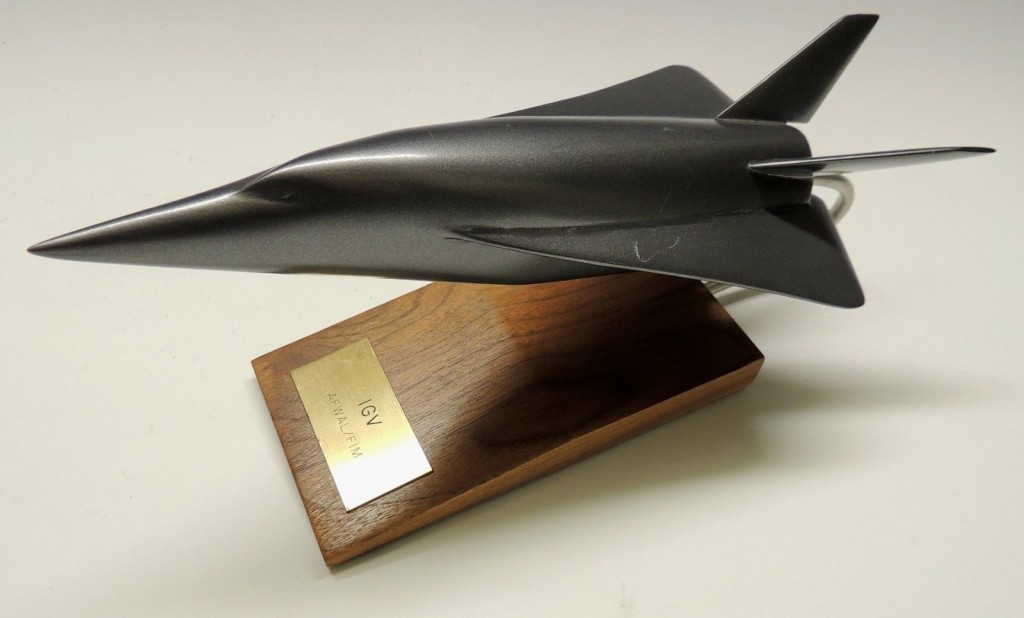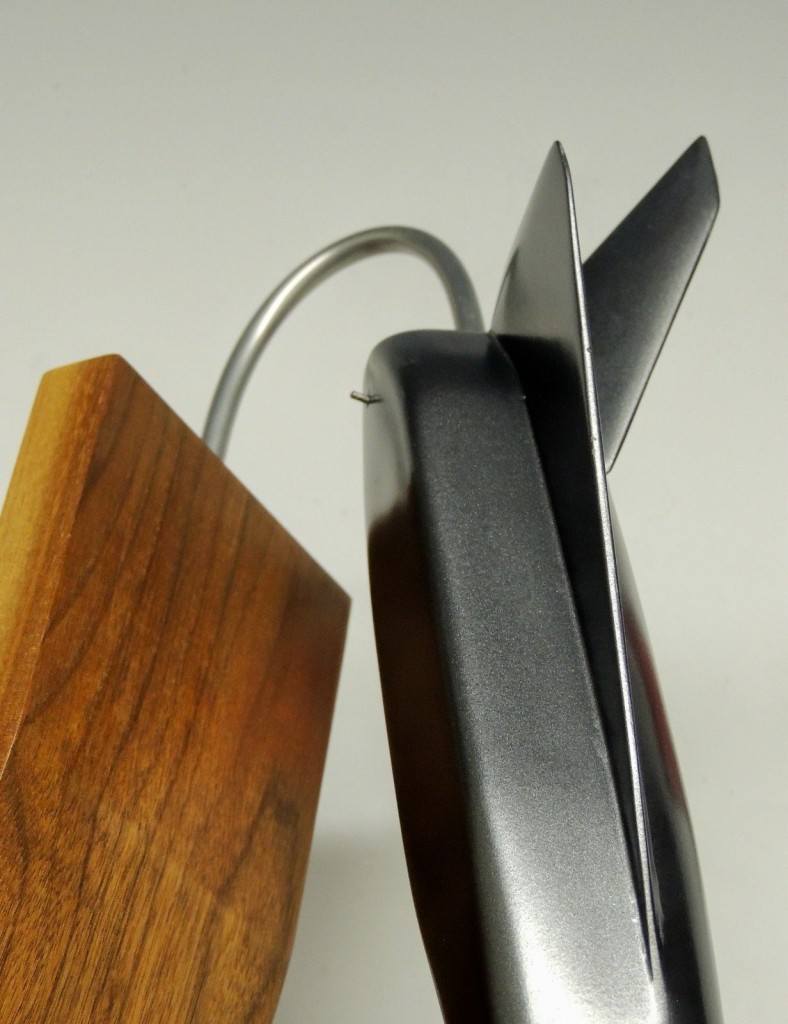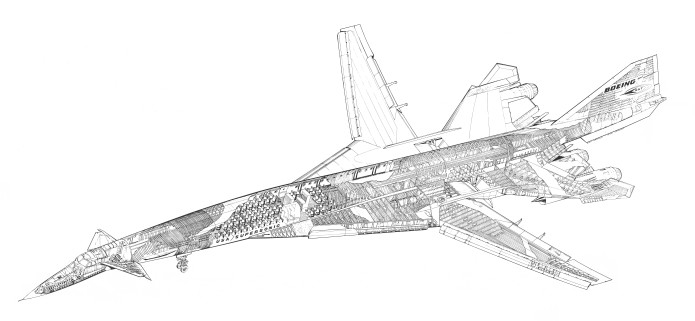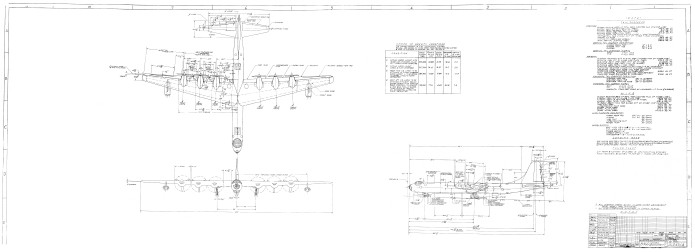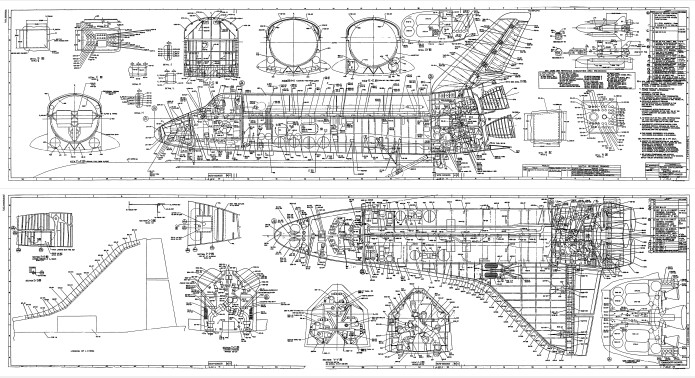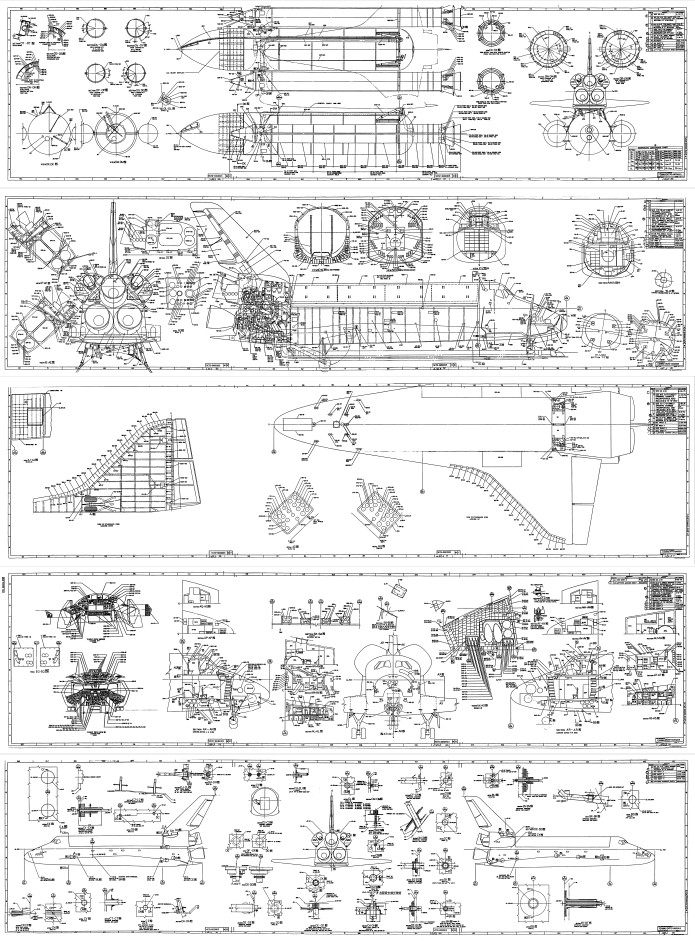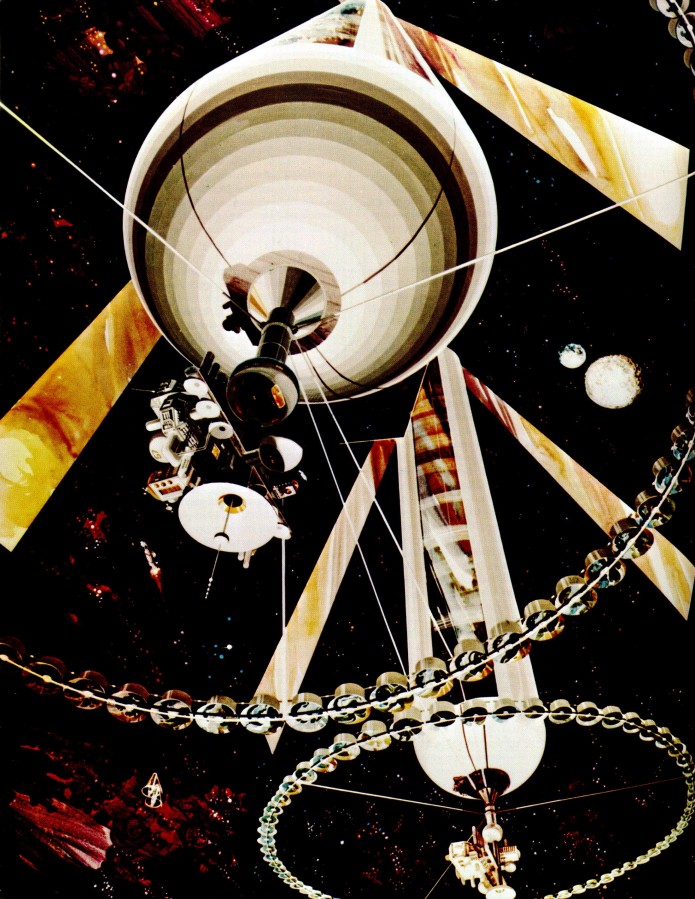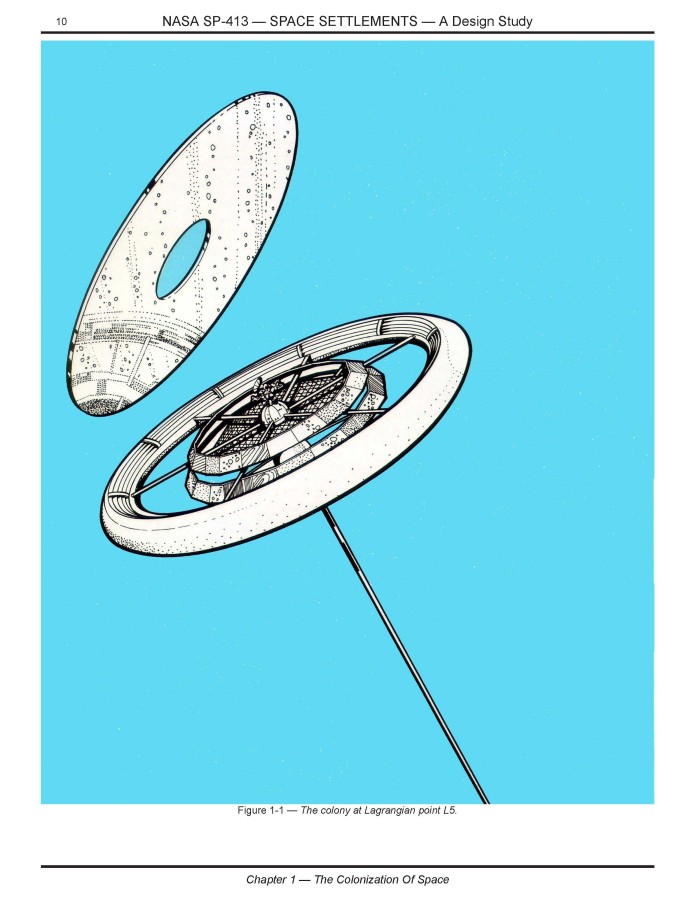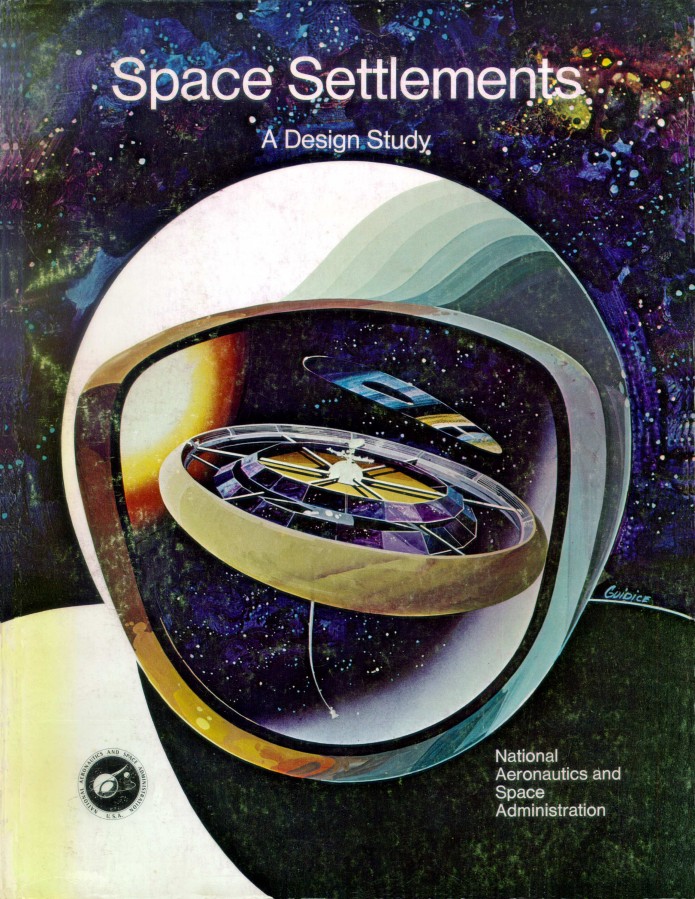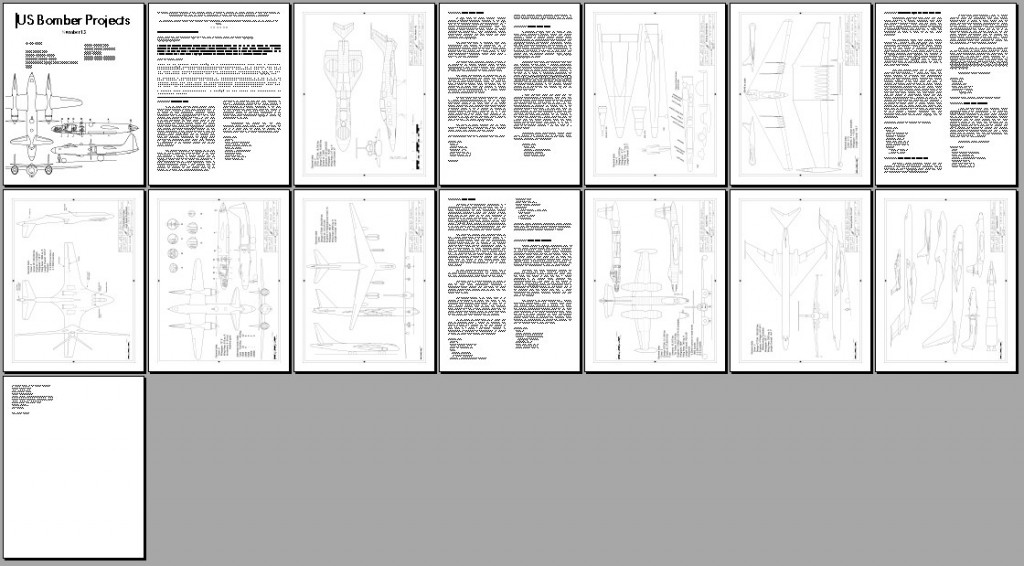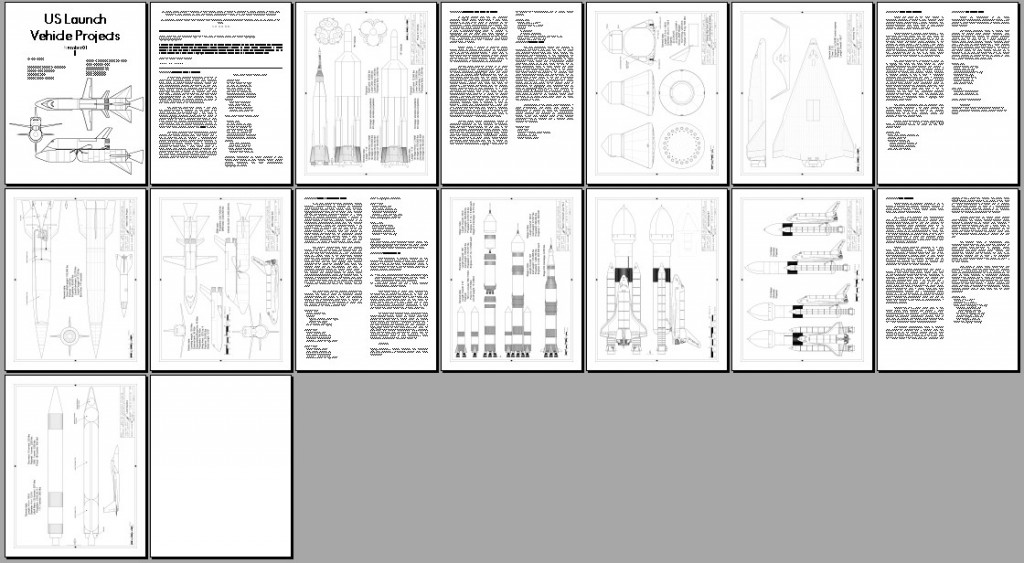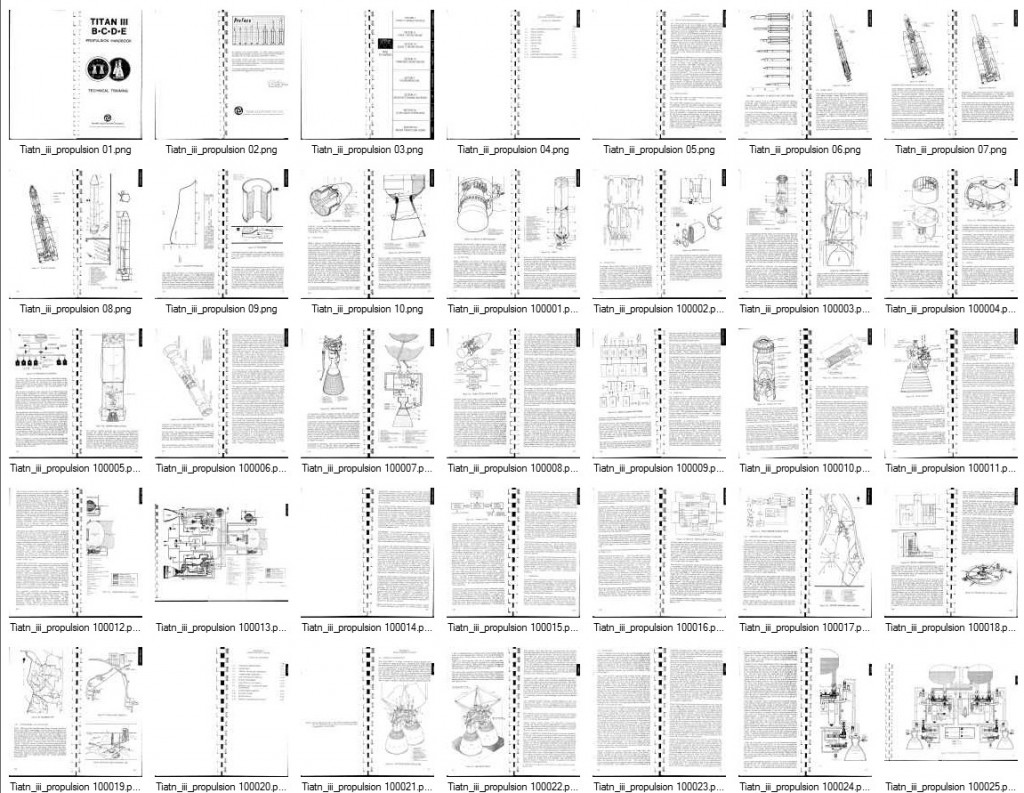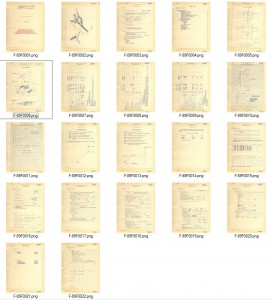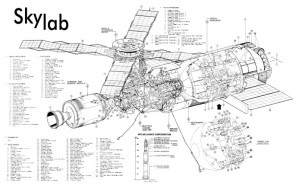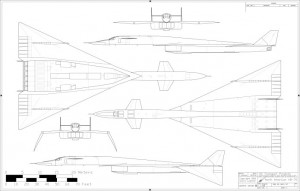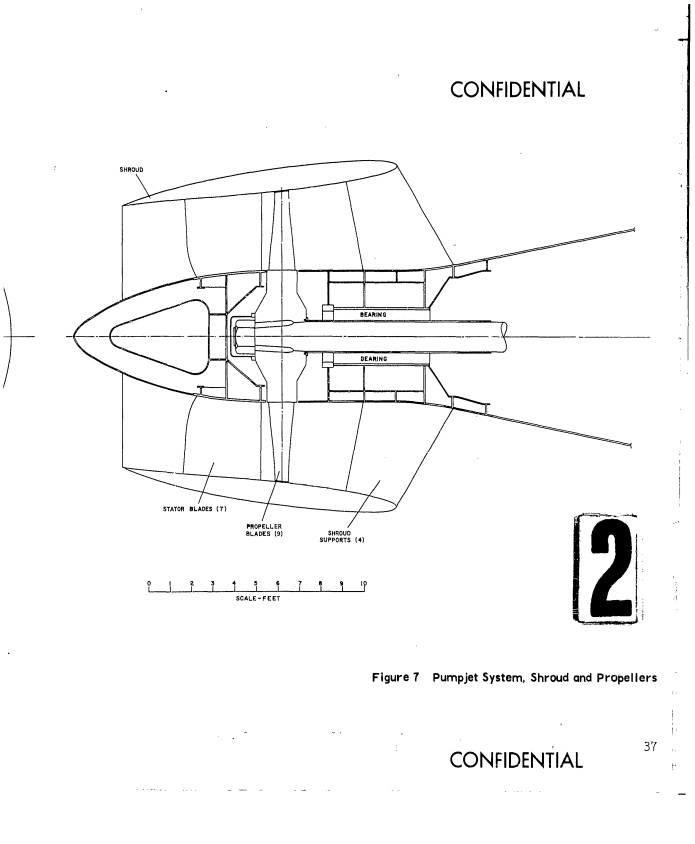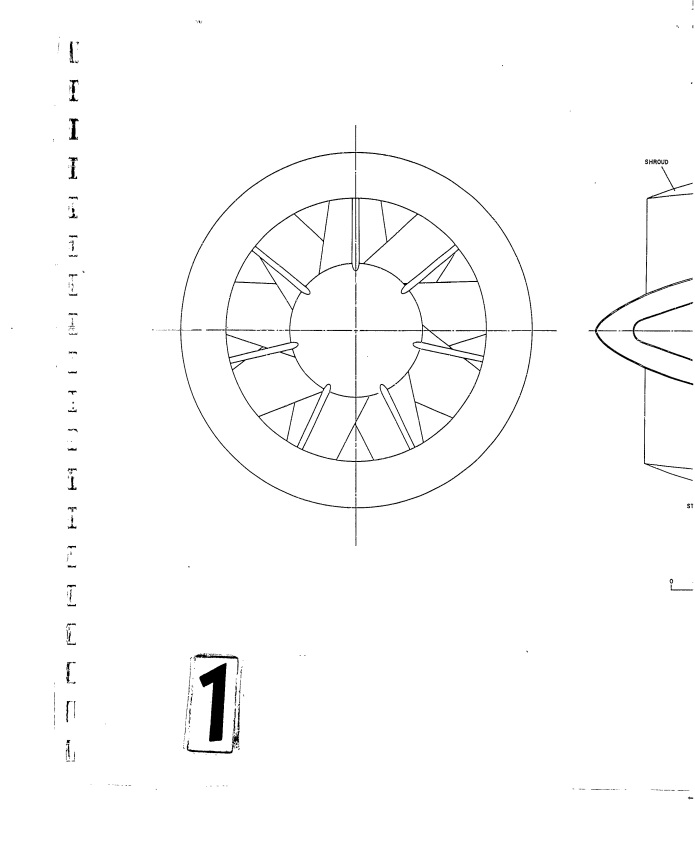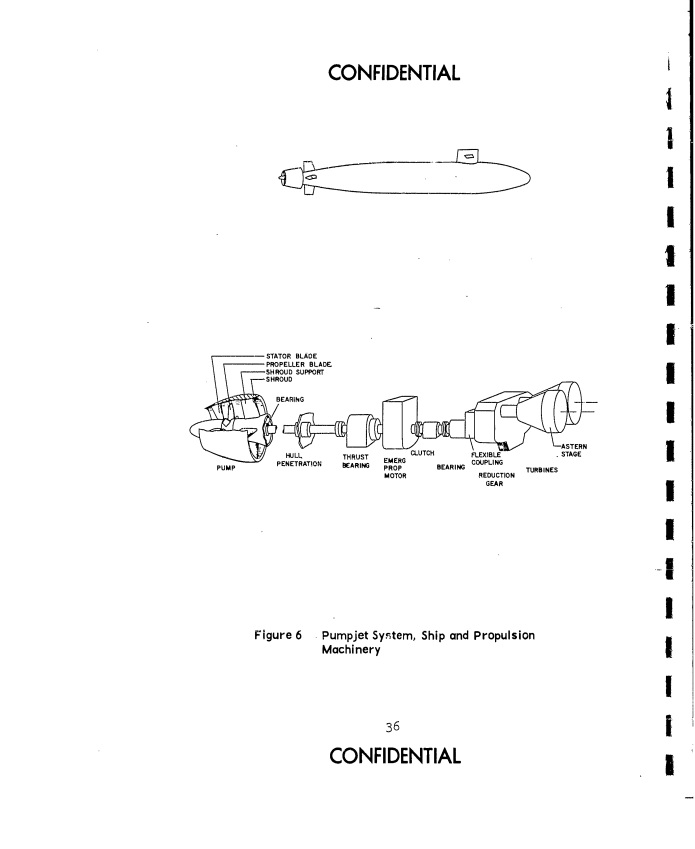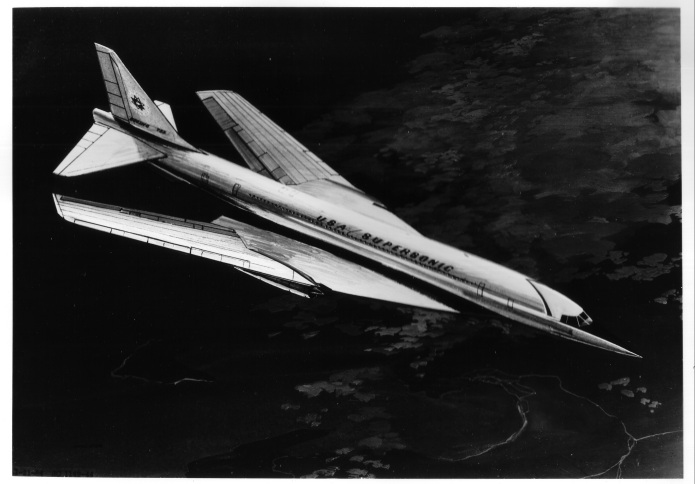A recent ebay auction was for a display model of the early 1970’s McDonnell-Douglas Incremental Growth Vehicle. This was a proposed manned hypersonic “X-Plane,” designed from the ground up to be capable of having major components replaced. This would allow a simple rocket vehicle to be tested first, and then the fuselage could stretch, or new rocket engines tested, or new wings, or new wings, a fuselage stretch and airbreathing engines, whatever the experiment called for.
I have a batch of new large format cyanotype blueprints coming along (the files for the transparencies are at the print shop now). Weather permitting, I should start producing these in a week or so… but the question is: how many to print up? I’m not yet taking orders, but I am trying to gauge interest. So if you see something here you think you’ll want, please let me know via either comment or email. Remember that as well as the cost of the prints there will also be postage… $10 in the US, $18 elsewhere, regardless of how many prints are ordered.
2707-200 Supersonic Transport, 48 inches by 22: $50
————-
B-36D, 61 inches by 22: $60
————-
Shuttle diagrams, set A: 41 inches by 11 (two sheets): $50
——————
Shuttle diagrams, set B: 41 inches by 11 (five sheets): $125
———————-
Trident SLBM: 49X11, $25
While the overall configuration of the Dyna Soar was set (and is well known) well before the program ended, the pilots instrument panel seemed to be in a constant state of flux. A number of mockup photos and diagrams of generally low resolution and/or poor reproduction quality. But a decade ago what appears to have been a decent-quality instrument panel layout was auctioned off:
858: DynaSoar Blueprints Diagrams Photos
So… is there any chance that anyone reading along knows the buyer, or has access to this or a similar instrument panel layout diagram?
PS: if you are interested in the final Model 2050E Dyna Soar design, you could not do much better than to check this out.
I happened to notice that the last diagram in US Bomber Projects #13, showing that issues various designs all together at the same scale, was not the actual finalized diagram. So I’ve corrected it. At the same time, I added an equivalent diagram to US Launch Vehicles Projects #01, showing all the boosters to the same scale. If you have previously purchased one or both of these, the info in the email your received with the download instructions will still work if you’d like to download the revised versions.
And if you haven’t purchased these… well, here’s another chance!
NASA SP-413, “Space Settlements, A Design Study,” was published in 1977 and brought together the results of a 1975 NASA-Ames Research Center effort to do a preliminary study of a giant torus space station for several thousand permanent inhabitants. It is a basic text on the subject of space colonies, but obtaining a copy of the printed book of course requires money (but not much… a quick check at abebooks.com shows them going for about $8) and online versions have typically been either black-and-white scan PDFs of indifferent quality, or versions rendered into painful HTML format. Fortunately, someone (it’s unclear to me who, though it seems a professional job) has scanned in the book and all the illustrations and reformatted the text into an all-new, clean PDF version.
The PDF can be downloaded HERE.
Much more aerospace stuff is available via the APR Patreon.
Two new publications in the US Aerospace Projects series are now available.
Now available: US Bomber Projects #13. This issue includes:
- Ryan Model 162: A VTOL strike/recon plane
- Boeing Orbital Bomb: a nuclear-tipped re-entry glider
- Northrop Atomic Wing: an asymetric nuclear powered design
- Consolidated Vultee High Speed Flying Boat: an early post-war Skate design
- Martin Model 189: a canard version of the B-26 Marauder
- Boeing Model 464-046: A six-engined B-52 predecessor
- Curtis F-87C: a night fighter with bomber abilities
- Boeing Model 701-247: a supersonic antecedent of the B-59
USBP #13 can be downloaded as a PDF file for only $4:
———
Also available: US Launch Vehicle Projects #01. The premiere issue of this new series includes:
- Pre-Saturn Phase III Vehicles: 1958 concpet for clustered Atlas boosters
- Boeing “Big Onion”: an SSTO to launch SPS
- Northrop TAV: an in-flight propellant transfer spaceplane
- Martin Orbit Project: A 1946 concept for a hydrogen fueled SSTO
- Saturn V derived HLLV for FLO: A brief Saturn V revival in the early 1990s
- MSC Orbiter 020: An early Shuttle with straight wings and a single SRB
- Hammerhead ET: a way for the Shuttle to transport outsized payloads
- Loral Aquarius: A way to make space launch cheap
USLP #01 can be downloaded as a PDF file for only $4:
———
I have made available for APR Patrons the following:
1) “Titan III B-C-D-E Propulsion Handbook,” from Aerojet, explaing and diagramming just about everything you want to know about the Titan III propulsion systems, from the SRMs to the Transstage. I originally got this via ebay.
(This shows just a small portion of the ~300 page handbook)
2) “Aircraft Descriptive Data for Northrop F-89F.” A collection of then-current data on the projected (and unbuilt) F-89F. This was from a collection gathered by Lockheed to keep tabs on their competitors. Has some “Secret” markings on it. I originally got this via ebay.
3) Skylab diagram. This very large format illustration was found in the NASA HQ and photographed piecemeal and painstakingly reassembled, using text scanned from another copy of the illustration (with a far smaller diagram, but good text).
4) An original layout diagram of the XB-70. It took several years to get this diagram into this shape. It seems pretty good to me.
You can gain access to these by becoming an APR Patron for as little as $1.50 a month. That’s not so very much, is it? Check out the APR Patreon page for more details.
Modern submarines (like the Seawolf and Virgina classes) are often propelled not by propellers, but by pumpjets. These are shrouded turbines with a number of blades, looking much like the inlets and compressors of modern high bypass turbofans. They provide propulsive improvement, but apparently more importantly they are quieter than exposed propellers. However, the details of their designs are often obscure, for the obvious fact that they make submarines stealthier vehicles.
One of the few pumpjets I’ve seen shown in any detail comes from a 1963 General Dynamics report covering unusual propulsion system options for submarines. At this early date it’s safe to assume that the resemblance to a modern pumpjet is probably fairly minimal beyond the overall concept and configuration, but it’s still an interesting look at a rarely seen technology Additionally, the pumpjet is about the *least* unconventional of the concepts shown in detail, which include props that are fitted to a ring at the maximum diameter of the hull and separate, podded propulsion systems (a common enough design feature on many surface vessels today) and cycloidal propulsion systems. All of the systems are compared by assuming they are applied to SSB(N)-616 USS Lafayette, a ballistic missile sub.
DESIGN STUDY REPORT: A SURVEY OF CONVENTIONAL AND UNCONVENTIONAL SUBMARINE PROPULSION SYSTEMS
This report can be downloaded from the Defense Technical Information Center website.
The link to the abstract is here.
The direct link to the PDF file is here.
Support the APR Patreon to help bring more of this sort of thing to light!
A B&W version of a Boeing artists concept of their 733 Supersonic Transport.
I’ve made a high-rez version of this available at the APR Patreon, available to all patrons.
I’ve been pondering how to go about making the APR Patreon rewards available in a reasonably fair way. What I’ve come up with… patrons can now purchase the rewards bundled by the month they were made available. in other words… if you want the diagram from October, 2014, it comes with the documents and CAD diagram made available in October 2014, all in a single ZIP archive.
The documents and diagrams are available in the full-rez 300 (or better) dpi format. The CAD diagram is included in the 18X24 format. All bundles are $10 each. I’m not making the web address of the order form publicly known, but for simplicity it’s not being password protected. If you are interested in any of the prior APR Patreon rewards, either because you signed up several months in or because you were signed in for lower-rez rewards, you can now access the full-rez items.
The link to the order form is now available on the APR Patreon page for all patrons (as low as $0.75/month).
